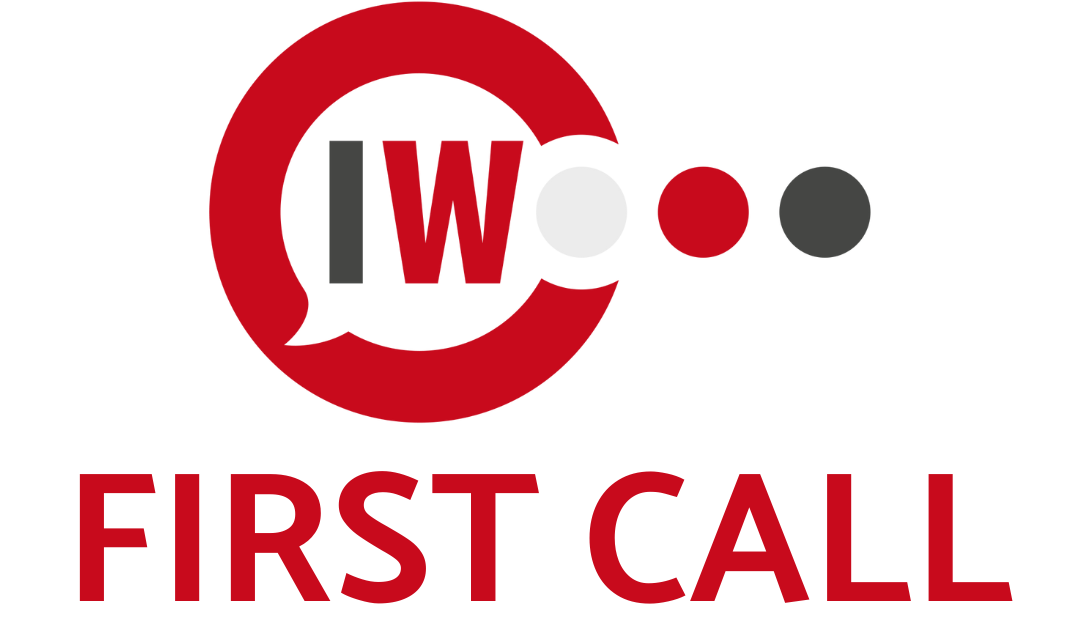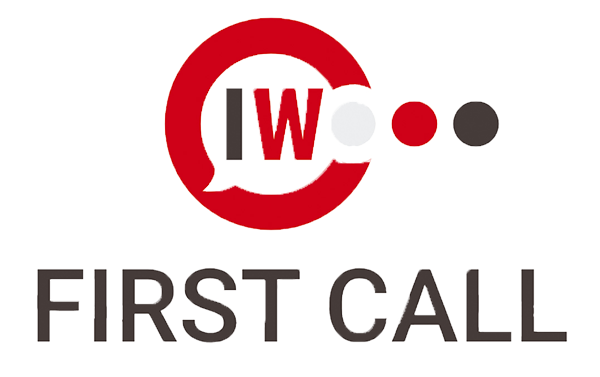The bedrock of the insurance industry rests upon the integrity and accuracy of its policies. These documents are not just mere paperwork but encapsulate vital data, including definitions, coverage details, exclusions, and much more.
In this article, we’ll delve into the intricacies of modern policy issuance, shedding light on what clients should be aware of and how our premier insurance policy issuance solutions are leading the way.
Understanding the Gravity of Policy Issuance
A policy’s content is the commitment between an insurance company and its client. A minor error can lead to misunderstandings, disputes, and potential legal challenges. It’s not just about getting the details right; it’s about ensuring that these details reflect the true intent and agreement between the insurer and the insured.
Traditionally, policy issuance has been viewed as time-consuming, labor-intensive, and even mundane. However, in the modern context, it’s a task that requires precision, attention to detail, and technological adeptness.
The Pillars of Modern Insurance Policy Issuance
Our approach to policy issuance is rooted in a deep understanding of the industry’s challenges and needs. Here’s what sets us apart:
- Thorough Validation: Every piece of data in an insurance policy must be accurate. We rigorously validate and review all policy paperwork details to ensure correctness.
- Underwriter Communication: The underwriter’s role is pivotal in policy issuance. We are in constant communication with underwriters about missing or inaccurate details, ensuring that the final policy is a product of comprehensive inputs.
- Customer Verification: It’s not just about the policy; it’s about the people behind it. We place great emphasis on verifying customer details, ensuring that the policy aligns perfectly with the client’s needs and profile.
- Digitization and Organization: In an age driven by technology, digital readiness is a necessity. Our services involve setting up documents through data population and organizing digitized pages within sophisticated software programs. This not only streamlines the process but also ensures easy access and retrieval.
- Comprehensive Outputs: Drawing from all the gathered data and inputs, we produce the final insurance policy, ensuring it stands as a testament to the client’s requirements and the insurer’s offerings.
Why Clients Should Partner with Industry Leaders
With the complexity and importance of policy issuance, it’s imperative to work with insurance BPO services experts like IWFirstCall who not only understand the domain but are also equipped to navigate its challenges. Our insurance policy issuance solutions are more than just a service; they are a commitment to excellence, precision, and client satisfaction.
Conclusion
Policy issuance, in the modern landscape, is a blend of tradition and technology. It’s about preserving the sanctity of the agreement while employing the best of technological advancements to ensure accuracy and efficiency. As clients navigate this landscape, partnering with industry leaders ensures they are always a step ahead, benefiting from the best solutions the industry has to offer.
FAQ
What are policy issuance services and what role do they play in the insurance industry?
Policy issuance services involve the process of creating an insurance policy document. The issued policy details the specific policy terms agreed on by the insurer and the insured. It forms the basis of the insurance contract and outlines the insurance services granted by the insurer in case of a claim.
How does the policy issuance process work?
The policy issuance process generally begins with the submission of an application by an individual or business seeking coverage. The application is then underwritten by the carrier to determine applicable terms and rates. Once an agreement has been reached, the specific policy issuance functions are carried out to issue the policy, and then transmit it timely and error-free to the party seeking insurance.
What is the role of software in the policy issuance process?
Software significantly streamlines and simplifies the policy issuance process. It can automate various steps of the underwriting process, enable carriers and agents to quickly generate policy documents, and makes it easier to update policy details or add endorsements as needed. This allows for a much more efficient and error-free policy issuance.
What does it mean to outsource policy issuance and why would a company choose to do this?
To outsource policy issuance means to delegate the policy issuance functions to a third-party. Companies may choose to do this for a variety of reasons. For instance, it allows them to focus on core business functions such as product development and customer service, while the outsourced entity takes care of the insurance back office. It could also be a cost-effective option, especially for smaller carriers or those with limited workforce. Furthermore, third-party providers often have years of experience in the insurance industry and can provide high-quality, timely, and error-free policy issuance services.
How does underwriting fit into the policy issuance process?
Underwriting is a key part of the policy issuance process. This involves insurers assessing the risk presented by the potential policyholder and deciding whether to issue an insurance policy or not. Apart from determining the risk, the underwriting process also entails deciding the premium to be charged, the specific terms and conditions of the policy, and assigning a policy number. Thus, underwriting helps in ensuring that the policies issued are profitable for insurers while providing adequate coverage to policyholders.
What is policy administration?
Policy administration is the management and maintenance of a policy after it has been issued. It involves tasks like updating policyholder information, processing policy adjustments, renewals, endorsements and cancellations. Effective policy administration enables carriers to provide superior customer service and helps in enhancing client relationships.






